A Brief Photo-Story about the Sea Turtles Project
The Olive Ridley´s Sea Turtles in Puerto Vallarta and their nests are protected in Puerto Vallarta, as in many other mexican beaches. There are records of the first attempts to protect them in the region since the early the 90´s, but major improvements happened 10 years after… This is the story about how this happened.
It´s true that my relationship with sea turtles began just by accident, in the 2000. I was specialized in Reef Fish, and my knowledge about the marine turtles was very limited. When I began working for a Mexican NGO (Unidos para la Conservación), their Project was very basic and surprisingly there was not any regular surveillance or protection of the turtles nesting at the beach –in a very developed and touristic destination-.
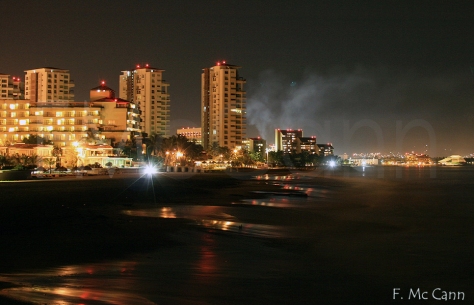
Since the first day, I knew there was so much to improve that project and there was necessary to implement some “patrolling” routes, and educate the police and private security guards of the front beach hotels, because they were the main egg collectors (and poachers at the same time).
Nobody taught me how to incubate Olive Ridley´s eggs and the information on the Internet was very limited but enough to learn the basics. I also learned in the practice, in a day-by-day better understanding of the incubation process, using some “hatcheries” at the same beach, fenced to avoid the entrance of people.
My real challenge was when I began to protect the beaches. I never imagined how my life was going to chance my entire life. I began providing basic training to the local Police, Municipal Civil Protection and all staff of the hotels with a hatchery. My phone was always ringing, because there was “nobody” who takes care of the sea turtles –a federal protected species-.
One night, I got a call from the Police asking my presence in a remote beach, north Puerto Vallarta to attend a turtle killing. I don´t have to describe the scenario, but it was “strange”. There was an adult Olive Ridley in a bucket, without its shell, and two plastic bags plenty of turtle eggs. The poacher escaped running into the mangroves and the police didn´t follow him afraid of the river crocodiles, very common in the area.
When we took the turtle, it´s heart was still beating, after at least 30 minutes this man killed it. That changed my thoughts and my perception of marine turtles so far. I realized how vulnerable they are and how “easy” is to poach a big turtle and their eggs, even when this species has the highest level of protection –It´s a felony to kill a turtle or poach its eggs-.
Since that day, I did my best effort to start a permanent beach patrolling, looking for support, getting arrangements with authorities and looking for volunteers.
That´s how the modern Sea Turtle´s Project began in Puerto Vallarta, and lots of details are still waiting to be told. Some are amazing stories and some others are very sad and shocking…
But, let´s talk a little about the Olive Ridleys as species and as a regular visitor of Puerto Vallarta beaches.
It´s true that sea turtle males live and die in the water, touching the ground only when they hatch. However, there is an exception, and is in Hawaii where some individuals (males and females) of green turtles use to stay on the beach for resting. Normally all the species use to float for a while everyday and rest, taking the sun and having their shell totally dry, and birds use to rest on it. Here on the picture there are two Brown booby birds fighting for the right of resting on a sleeping turtle.
Every species has a specific diet, being vegetarians as green turtles, or carnivorous like the gigantic leatherback (very rare in the region). The other species are omnivorous, including (sadly) plastic garbage in their diet. They don´t have teeth, but inside their mouth they have modifications to make possible the ingestion of algae, fish and invertebrates.
Here you can see when I´m catching the eggs. They look like a ping-pong ball and are very soft. When there are many turtles nesting at the same time, this is a good way to save time and collect more nests!
Two turtles have decided to nest in the very same place. In the best night of the season, up to 50 turtles used to nest on a 600 yards beach. In a single night, the usual number was between 5 to 12 turtles per night. It´s a hard process, taking at least 45 minutes to do the whole work and get back into the ocean. They have to find the right place, smelling the sand and walking along the beach. Then they have to remove all the dry sand and get to the humid layer. Then digging a 15 inches depth, pear shape hole. Then falling in trance, disconnecting their mind and laying 90 – 120 eggs. Then, to carefully cover and hide the nest, to finally return exhausted.
I love this pic. During November, the late part of the nesting season, there is no more rain and the sand gets drier. When a turtle dig a nest, it becomes a harder task, because the sand is getting back into the hole, besides the night is colder and she gets slower. She ends covered by sand, like here.
Some turtles like nesting very late in the night, and when the sun comes they´re still on the beach. This turtle is taking a deep breath while covers her nest. You can see how amazing they are and look at the sandy tears on her face. There is a myth that sea turtles cry because they´re sad leaving their eggs there. They use their tears to eliminate salt from their organism, so they “cry” continuously. This tears help to avoid sand damage their eyes while nesting.
People on the beach are a serious problem, and every night there are dozens of turtles that are scared by curious people. We tried to be on the beach as much as we can to keep people away, taking advantage of this moment to educate them, allowing seeing the turtle on the right way, always behind the turtle, among other rules.
Light pollution is another important problem, and it´s not regulated by the Mexican law. Some turtles are more sensitive to lights, mainly baby turtles, and they use to get lost, getting into the gardens of hotels, or even stuck. We had to carry them back when they were unable to find their way back, like the turtle on this picture. It´s not an easy task, because they´re heavy (90 pounds).
There are many turtles with serious injuries caused by boats, or simply born deformed. If they have only one rear flipper they use to learn to dig a hole, and they can lay eggs successfully. However those without rear legs or paralyzed cannot dig a hole and they can try to dig a nest for days with no success. Finally these females cannot hold their eggs anymore and drop them onto the ground. However we can help them. The secret is to make the turtle believe she is “digging” a nest, and not you. You have to stay right behind, where she cannot see you and every time se moves her legs or try to dig, I dig with my hands a little bit.
After one or more hours, the hole is enough big and deep for her and she start to lay the eggs, although sometimes a turtle is smart enough to “discover” that you´re right behind and she quits, going back into the ocean very upset, but she will return later again. The reward of seeing one of this turtles laying eggs in a hand-made nest is enough to sleep with a big smile in your face.
Our biggest hatchery was located at the CasaMagna Marriott and it´s still open. Each mark is a nest, each one with 100 eggs in average. One of my volunteers is opening a nest looking for baby turtles. All the people around are waiting for the release event at sunset. Baby turtles are on the red boxes, collected from the nests with the yellow circles.
This is the most exciting moment! When people can help to release a baby turtle and let it go. You can see how popular is this and how hard is to keep people controlled!
Baby turtles hatch after 45 days of incubation, but need another 2 day to reach the surface. A nest can suddenly “pop-up” and all the baby turtles start emerging at the same time, usually late night or early morning. Each nest is protected by a net or a small fence to avoid turtles escape and mix with the other nests. Some nights, more than 1,000 turtles can be released!
This is one of the must amazing moments I witnessed and one of my favorite pictures. Contrast between life and death. One life ends, but another begins. In a desert beach, after the sunset, a dead body of an Olive Ridley turtle witnesses the beginning of a new life. This baby turtle emerges from a natural nest, and hardly crawling on the dry sand goes straight to the ocean, ignoring the dangers await. Just amazing!
A little taste of the work I used to do in Puerto Vallarta. Hope you´ve enjoyed!

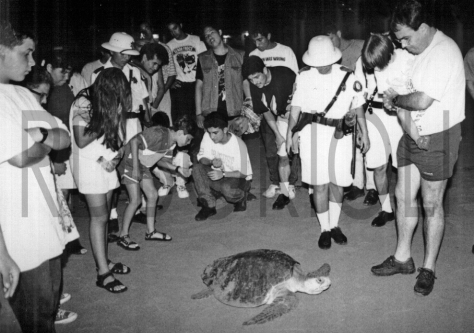
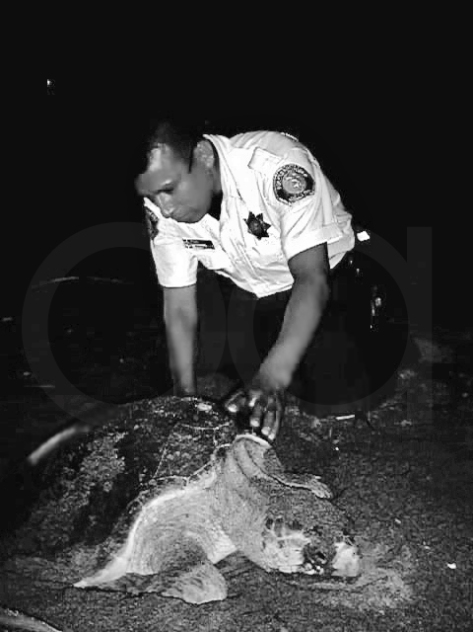
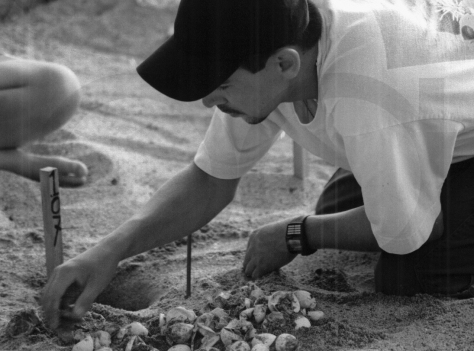
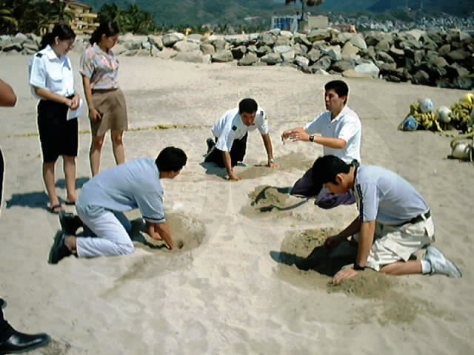
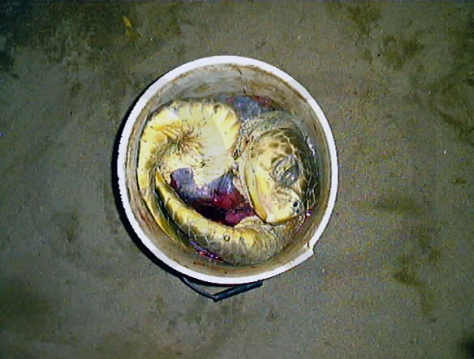
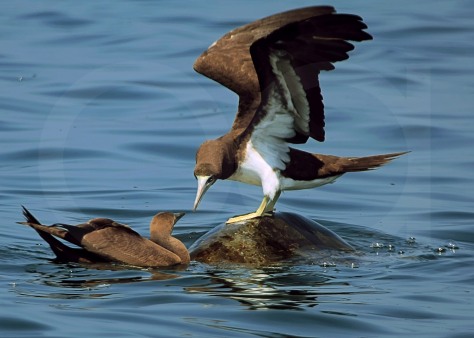
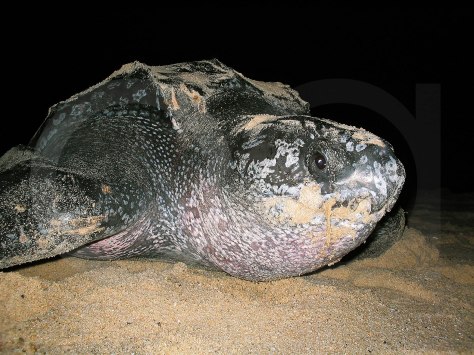
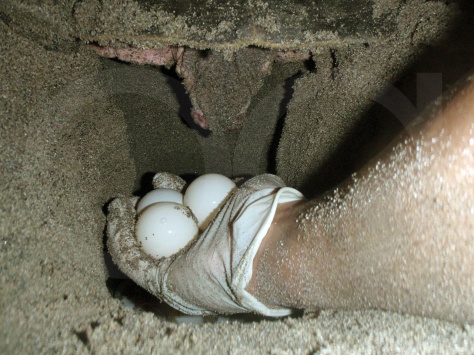
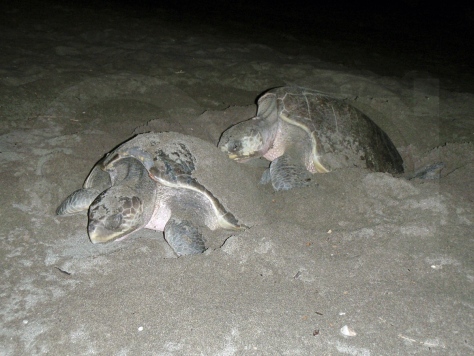
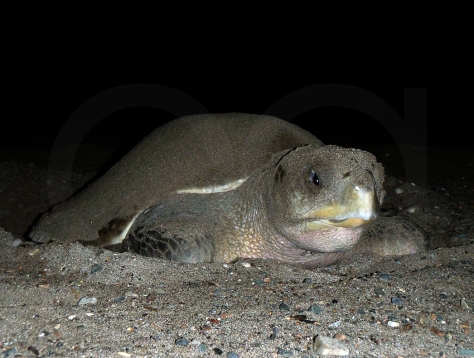
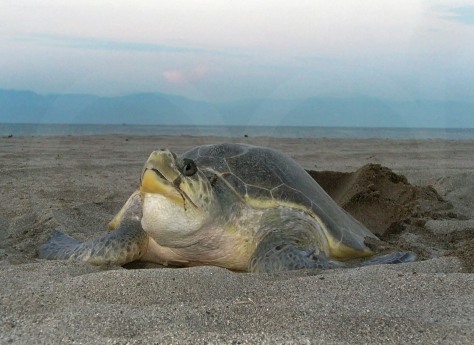
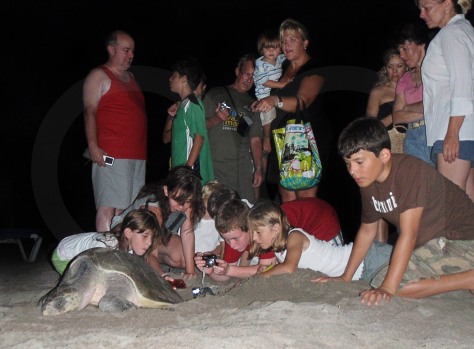
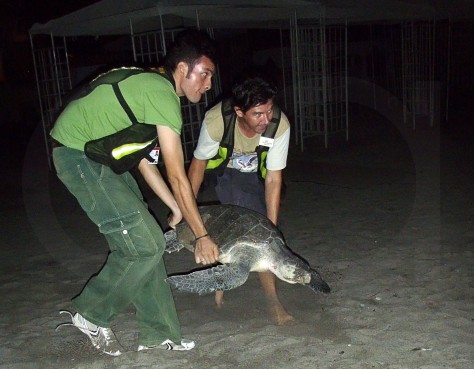
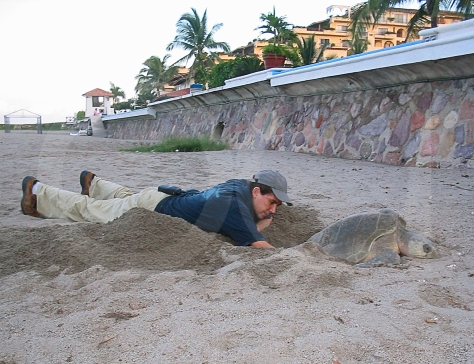
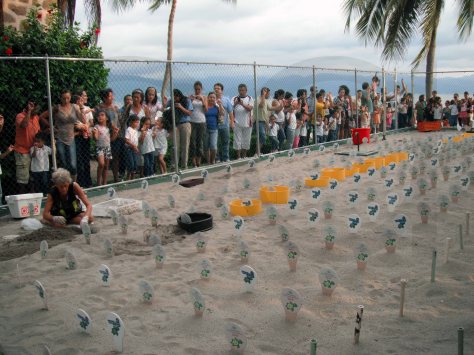
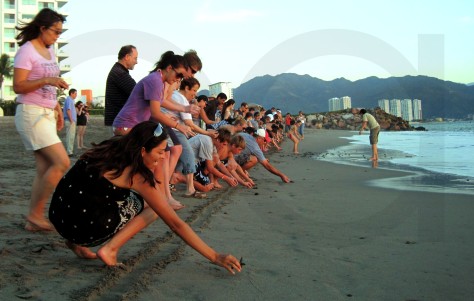
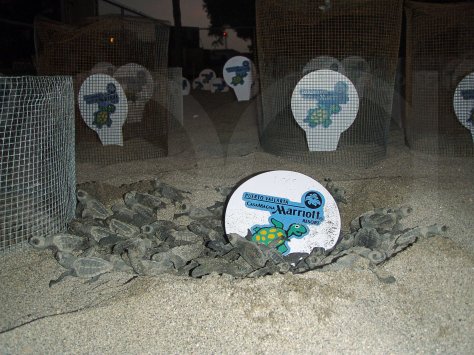
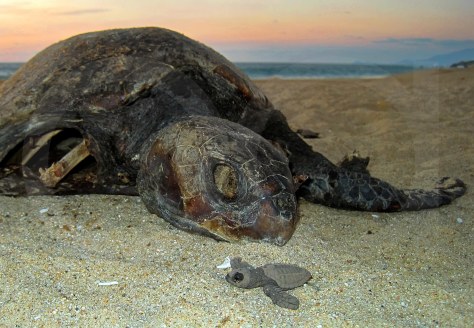
Hola! I’ve been reading your web site for a long time now and finally got the courage to go ahead and give you a shout out from Atascocita Tx! Just wanted to mention keep up the great job!
SALUDOS EN EL PERIODO DEL 31 DE JULIO AL 2 DE AGOSTO HABRÁ EVENTO DE LIVERACION DE TORTUGAS?
Hola. Te aconsejo lo consultes directamente con los hoteles participantes tanto en Puerto Vallarta como en Nuevo Vallarta, ya que cada uno maneja sus propios eventos. También puedes comunicarte con la Subdirección de Ecología Municipal de P.V., pues ellos también realizan actividades públicas. Saludos.
A fascinating discussion is definitely worth comment.
I believe that you should publish more about this issue,
it might not be a taboo matter but generally folks don’t discuss these topics.
To the next! Kind regards!!
Hello my loved one! I wish to say that this article is amazing, great written
and come with almost all important infos. I’d like to see extra posts like this .
Thank you! Yes, I will make this post larger with the whole life cycle, threats, etc. I´m posting some articles in spanish by the moment, but I´ll post them in english soon. 🙂
Hola
Quiero participar en la liberación de tortugas bebés,
Pero sólo puedo ir por el mes de junio.
Es posible?
Hola María. Es posible, siempre y cuando haya crías naciendo. Las primeras tortugas suelen salir a desovar en mayo, aunque los esfuerzos oficiales por proteger sus nidos suelen comenzar en el mes de junio, por lo que en general, suele haber nacimientos a partir de mediados de julio. Sin embargo, la Dirección de Medio Ambiente y Ecología de Puerto Vallarta suele recolectar nidos a lo largo de todo el año, por lo que tu mejor opción es acercarte a ésta dependencia e informarte a ver si tienes suerte. Puedes contactarlos por su cuenta de facebook “Medio Ambiente Puerto Vallarta”. Suerte!
Hola! Me gustaria hacer el servicio social requerido por la universidad en vallarta y que mejor que con las tortugas. Soy estudiante de cine y tal vez eso pueda servirle a la organizacion pero necesito un numero para contactarlos porque se necesita firmar un convenio para la escuela. Saludos
Hola, gracias por tu interés en ayudar a las tortugas. Te recomiendo que te acerques a la Dirección de Medio Ambiente y Ecología de Puerto Vallarta. Ellos llevan un programa muy amplio de actividades donde puedes ayudar y seguramente como municipio te podrán ayudar con la firma. Yo me retiré en 2012 y ya no realizo actividades con las tortugas marinas. Puedes encontrarlos por facebook como Medio Ambiente Puerto Vallarta, o pasar directamente a sus oficinas, donde está el vivero municipal, por la Pancho Villa, antes de llegar a Walmart Pitillal. Buena suerte!!!
Hello. I’m from Chihuahua, CHIH. Right this summer in going to Canada, but i’m very interested with helping turtles. I would like to know about dates! Thank you!
Hola Jean, las fechas en las que puedes observar a las tortugas desovar van desde junio hasta noviembre, y las crías comienzan a nacer a partir de agosto. Te recomiendo que contactes algún tour especializado de observación de tortugas ya sea en Puerto Vallarta o en Nuevo Vallarta, quienes te guiarán de principio a fin en esta maravillosa aventura, como Ecotours de México. Suerte!
I’m extremely impressed with your writing skills and also with the layout on your weblog. Is this a paid theme or did you modify it yourself? Either way keep up the excellent quality writing, it is rare to see a great blog like this one nowadays.. geaakfdaddck
I am not sure where you’re getting your
information, but good topic. I needs to spend some time learning much more or understanding more.
Thanks for magnificent info I was looking for this information for my mission.
Hola Oscar. My family and I are visiting Puerto Vallarta next week. My 10 year old daughter loves biology, nature, bats and sea turtles. How can we help while we are there? Is there an opportunity to get involved and help in your efforts? thanks, Kevin
Hello Kevin, thank you for your interest and your passion. Unfortunately I’m not in Puerto Vallarta to guide you through the amazing night life of sea turtles and wildlife. I recommend you to book a tour withy friends of Ecotours de Mexico or Wildlife Connection. Good luck!
Greetings! Very helpful advice in this particular article!
It is the little changes which will make the greatest changes.
Many thanks for sharing!
Encontramos una tortuga dosovando en el malecón de vallarta, pasando el río cuales frente al oxxo, alguien puede encargarse de ella? O de sus huevos?
Estimada Gemma, nos alegra mucho que se preocupen por la seguridad de las tortugas y de sus nidos. El H. Ayuntamiento de Puerto Vallarta, a través de la Dirección de Medio Ambiente han implementado un sistema de vigilancia y patrullaje de playas durante la temporada de anidación. Aunque en esos momentos no estén ahí, al pasar en sus recorridos recolectarán los huevos y los trasladarán a su vivero. La policía tanto turística como operativa, bomberos y protección civil están capacitados para resguardar a las tortugas mientras desovan. Seguro sus huevos ya están bien resguardados. Qué suerte de haberla visto, y esperamos lo hayan disfrutado. Saludos!
I wonder if you could put me in touch with someone in Nuevo Vallarta involved with the turtles and/or sustainability studies. I am interested in bring college students down Jan 2016 as part of an ecological sustainability and tourism intersession course out of TTU
Hello Deborah, I can help you with that. Please send me an e-mail to osaranda@yahoo.com and I reply you. Thanks.
hola, estoy interesada en participar en programas de voluntariado, por favor cuentenme si tienen esta opción.
Gracias
Hola Lina, gracias por tu interés. Actualmente no es temporada de anidación de tortugas, pero con gusto te puedo ayudar a buscar a hacer voluntariado en la próxima temporada. Saludos!
Hola,
cuándo sería la próxima temporada?
En México (Océano Pacífico) principalmente la tortuga “Golfina” Lepidochelys olivacea anida de junio a noviembre. También está la tortuga “prieta” Chelonia agassizii anidando en las costas de Michoacán, entre noviembre y febrero aproximadamente.
Hi,
we are keen naturalists and volunteer at home in the U.K, we would love to come and spent 2 weeks helping you out in P.V in November, is it possible to come and volunteer?
we are looking at booking a local hotel so will have our own accomm and free time.
Please let me know,
Thanks
Laura and Jo
Thank you for your interest Laura and Jo. I´ll send you an e-mail. Regards!
Hello Laura and Jo. I´ve sent you an e-mail. Thanks!
Thank you for your tremendous efforts on behalf of these turtles! My family will be going down to Puerto Vallarta in December. We realize this is towards the end of the hatching season, but it appears that there are a number of turtle camps still ongoing at this time. We’d like to release turtles (kids are teen/college age). We would like to support/patronize a really good organization while doing this. Can you recommend a particular organization/non-profit or turtle ‘camp’ that you think does good work at this time of year in the area?
Hello Pam, thank you for your words. During your visit you probably will find baby turtles hatching and you can help to release them. I´ll not be in PV but I can contact you with a very good friend who has some turtle hatcheries too. Please send me an e-mail to osaranda@yahoo.com a week before your trip and I send you the information. Thank you for your interest in supporting our efforts!
Thank you for this wonderful article. I have been looking forward to seeing the sea turtles for.some time and have been looking for good information in preparation to come to Nuevo Vallarta at the end of October. I am very excited! Thank you so much for sharing your hard earned knowledge about these amazing creatures and the work you are doing to protect them! All the best!